tala
TADFF Faʻatalanoaga: Tony DʻAquino i luga o le 'The Fury' ma le aoga mataʻutia
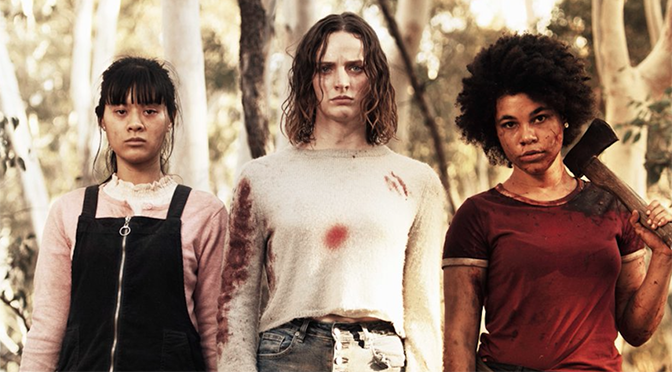
O le Fury is the sun-scorched feature film debut of Australian writer/director Tony D’Aquino. It’s a bloody little love letter to classic slasher films that uses brilliant practical effects while retiring some of the subgenre’s more problematic tropes.
I had a chance to sit down with D’Aquino for Toronto Ina ua Pogisa for a chat about killers, practical effects, classic horror, and The Furies.
You can read my full review for O le Fury i lenei sootaga.
Keli McNeely: What was The genesis of the film, where did this come from?
Tony D’Aquino: So I’ve always loved 70s and 80s horror films, which was kind of obvious in the movie, and slasher and exploitation films of that period. I really like how kind of anarchic and a bit crazy those films are because they were mostly independent and had not a lot of interference. So I had always had this kind of slightly crazy idea of using that final girl trope and what if a whole bunch of final girls and their killers were forced to fight each other? But it was one of those ideas, I thought no one’s ever going to fund this film. It just sounds a bit nuts.
So I went to screen camera in Australia. We have state funding bodies in Australia — film funding bodies. They ran a small workshop, which was like a pitching competition. So you pitch to a panel — which was Odin’s Eye Entertainment, who was our sales agent — a script consultant, and a marketing consultant. And there were 42 people there, I think, pitching over a number of weekends, pitching ideas to them, and they’ll pick the ones they thought would be good for what might sell internationally. It’s all about buying for a low budget.
So they picked ten from those series of weekends to go through to first draft, and from those first drafts they pick four to go to production. So mine is the first film to come out of that. My pitch was basically, you know, Halloween fono taua Royale, that was it. And I went for it.
Kelly McNeely: That’s a really apt description of it. So there’s a lot of really phenomenal practical effects in the film, which is always really appreciated. What were the challenges of working with those practical effects, and is it something that you really enjoyed? Is it something you would do again?
Tony D’Aquino: I mean, I prefer practical effects. And I just think, I mean, unless you’ve got a lot of money to make CGI and spend a lot of time on CGI, which we didn’t have. And I like the imperfection and practical effects. I think it somehow looks more realistic, there’s a physical weight there which you can never seem to get with CGI. So you can just tell, and a little bit of mistakes in practical effects, I think, adds to the suspension of disbelief anyway, because CGI can be so perfect you’re looking for the mistakes, but with practical effects, you are prepared to forgive the mistakes. But it’s hard on low budget films, you have so many practical effects and so many stunts, and the masks and everything. It does take a lot of time, and with most of those effects we really only have one take to do it. So it had to be right. So that’s a lot of additional pressure.
Just the time and the budget were our challenges. But I had Larry Van Duynhoven who did the effects for us, we’re really good friends. And we have the same love of horror films and the same reference points, a lot of them from the 70s and 80s, like Le mu ma Halloween ma Aso Faraile le 13th ma O le Texas Chain Na vaaia le Fasiotiga Tagata. And he had done a few films before where he had done a lot of work for practical effects that hadn’t ended up on the screen, so he was quite disappointed. But I did promise him for this film, there’s no way they won’t all be there. We’re not going to hide anything. So he did a lot. He went way above what we were paying him to do. So that’s probably why they look so good because he was quite a perfectionist, quite passionate about it.
Kelly McNeely: It turned out really, really well. There’s that one scene with the face and the axe. I just I absolutely love that. I thought it was brilliant.
Tony D’Aquino: And that was day two of the shoot, we shot that scene. That was the first effect I had seen actually, the first practical effect we did. And when I wrote that scene I didn’t know how we were going to do it or if Larry could do it. But he promised me he could, and then when we were shooting, and I was looking at the monitor and it was terrifying for me to watch and I even thought “oh my god, have I gone too far?” [laughs]
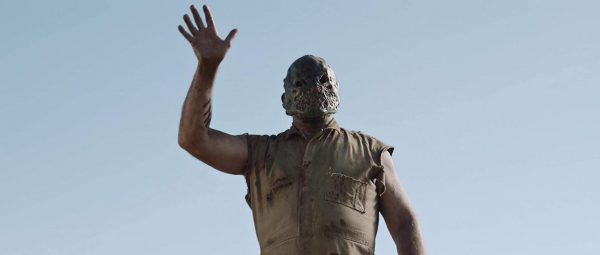
ala i le IMDb
Kelly McNeely: Now you mentioned the masks for the beasts. Where did those beast designs come from, who designed those?
Tony D’Aquino: That was all myself and Larry and we worked with another designer Seth Justice who did additional drawings for us. So we spoke over a number of weeks, what we wanted to do. And I really wanted to pay homage to a lot of other films, so there is a kind of, you know, fleshy Jason mask and Leatherface and Mailei turisi ma Motel Hell, and so they’re kind of an homage to those films, but they also make it look as original as possible, which is kind of hard to do with eight new masks but I just developed them through talking and working through different designs.
Kelly McNeely: They turned out brilliant. I really like what you mentioned about how they had different homages to different characters because you can kind of see that. Did you have a favorite beast design?
Tony D’Aquino: I mean, probably Skin Crow, the guy that wears the whole human suit, because initially, that was just a face. And that was Larry’s idea. He said instead of doing that, let’s just do a whole body, he’s just wearing a whole skin. I just said, well, if you can do that, Larry, that’s fine, go for it!
Kelly McNeely: It turned out awesome. It looks really, really good.
Tony D’Aquino: And it’s insane in real life. It’s even creepier because it’s got faded tattoos on the back, it’s got hair everywhere, it’s even more realistic in real life. It’s totally terrifying.
Kelly McNeely: That’s so very cool! So you’ve got a really strong female focus with the characters, which is fantastic. I really liked that the female characters weren’t over sexualized at all, which as a female horror fan is always really refreshing to see. Can you talk a little bit about the process of when you were creating the characters and when you were writing the script, and sort of what you wanted to do with those characters?
Tony D’Aquino: I do love 70s and 80s slasher films, but a lot of them became quite problematic and became a little bit misogynistic and sexist, and there was really unnecessary nudity and women behaving idiotically and just there to be killed basically — just as victims. So I wanted to make a slasher film but get rid of all those things, so having women do things that are intelligent, and not have any nudity and like you said they’re not sexualized at all. I want to make sure each woman had an emotional beat. And they’re all named, so they’re not just nameless victims who kind of run around, fall over and get chopped up — I guess except the first one.
The first one was there to I guess to be a surprise to the audience; so this is what typically happens, and then the second killer comes in, and then, okay, you know it’s not going to be a typical slasher film. But I was very conscious of being very female focused, and on making the women be whole characters who each have a sense of agency. So thank you for picking up on that.
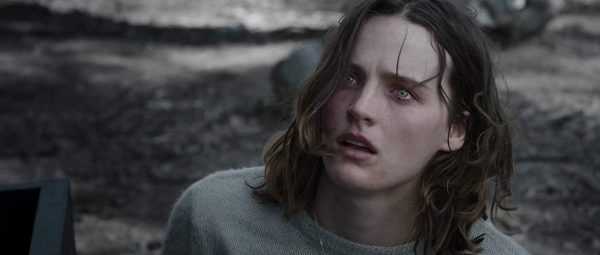
ala i le IMDb
Kelly McNeely: I like that they each have their own depth and, like you said, they each have a character name so it smashes the Bechdel test, which is awesome.
Tony D’Aquino: And they don’t talk about boys ever.
Kelly McNeely: Never! Not at all!
Tony D’Aquino: There’s no talk about “are men coming to save us?”
Kelly McNeely: Yeah, there’s none of that. It’s all about friendship as well, and I really liked that element of it. It wasn’t about trying to get home to a boyfriend or a partner, it was just about trying to find her friend.
It’s got a very sun scorched look as well, which I don’t know if that’s just the filming location or if it’s something you did very intentionally?
Tony D’Aquino: A little bit intentional, because again one of my favorite films is Texas Chain Saw Massacre, so you just feel the heat beating down for most of that movie. So a lot of that look, that’s the Australian life; the Australian life is like that. So we’re quite high up in the mountain — not high up as in high elevation, we’re at sea level. So the air and the light there is quite sharp and harsh. And so we did make the most of that in the shooting to give it that burnt look. And where we shot in the ghost town is just dry. It’s just like, it’s almost like a desert, there’s no grass growing, there’s a dry lake so we did kind of amplify that. But it was definitely intentional to have that, to try and give it that nightmarish feel.
Kelly McNeely: I like that too because with so many horror movies, the fear is in the darkness. It’s a lot of things happening at night time, so to have such a sun scorched terror-fueled film, I really liked the element of that.
Tony D’Aquino: I mean, it’s certainly challenging and puts even more pressure on the special effects people, because there is no way to hide. They don’t have any shadows anywhere.
Kelly McNeely: So what were the other challenges of filming in that environment or filming that area? It looks very arid.
Tony D’Aquino: It was very arid, it was a great location. So the town that’s in the film is a real old gold mining town. What happened was, there was an old gold mining town on that site, and then in the 70s some people built a recreation of the town as sort of a tourist attraction, but that quickly went bankrupt. And then they walked away and just left everything there basically to rot. So when I found out, I did actually alter the script to set it in that town because it’s surrounded by 60 acres of ghost town, so it’s basically a backlot that we could get for very little money. And a lot of those props and everything were just there, they were lying around ready to be used. So it’s fantastic. We could basically lock it down as our own set.
So it was quite an easy location to shoot in that was probably a 15 minute drive from the main city, which is Canberra, even though it looks like it’s in the middle of the bush. And we were very lucky it didn’t rain once. So it’s kind of its own weird little microclimate. It is completely barren and dry and there’s, like, no wildlife there. The one shot of the birds that we got were the only birds we saw the whole shoot. It is just dry and dusty and hot and yeah, it is what it looks like on film in real life.
Kelly McNeely: So you mentioned slasher films of the 70s and 80s like Na vaai le Texas Chain i le fasiotiga tagata ma Motel Hell, what were the influences and inspirations you pulled from when you were making O le Fury?
Tony D’Aquino: I guess because I just watch all sorts of films. So, you know, I guess everything comes up somewhere. I didn’t have a direct film that I was trying to emulate or draw direct inspiration from. I mean, even things like Gladiator films of the 50s and 60s, I love those as well. So it is kind of a gladiator combat arena. The main probably direct influence is having the retinal implants, which is from Bertrand Tavernier’s Death Watch. Have you seen it? With Harvey Keitel?
Kelly McNeely: No, I haven’t. No.
Tony D’Aquino: It’s a fantastic film. So in that film, Harvey Keitel gets retinal implants and has to follow around a woman who’s dying as entertainment for people to watch. So I kind of stole that idea from there. But other than that, really, just an amalgamation of all the films I’ve ever watched over the years, I think.
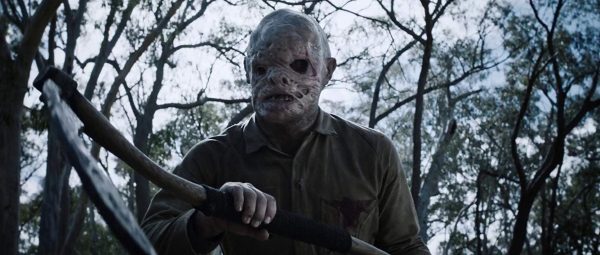
ala i le IMDb
Kelly McNeely: Now, you already answered my question about the mining town. You mentioned that you found it that way, it was already built.
Tony D’Aquino: It was already there. We did some minor modifications, you know, just move stuff around. We had to build a couple of walls on some of the sheds. But all the props that are there we basically used from the town, we just kind of went around and scavenged stuff from other sheds, and used what was there, pretty much, so it helps to make the film — I think — look much more expensive than it actually is. [laughs]
Kelly McNeely: What do you love about the horror genre? You mentioned you’re a very big fan of the genre, which is really evident in the film.
Tony D’Aquino: A part of it is I think, is those first films you see as a child that affect you immediately. So, I’m like a lot of filmmakers, for me, one of the first ones I remember seeing is King Kong, the 1933 version which — as a child — was quite terrifying and sad. So you are scared of the monster and you love the monster at the same time. So I think that got me into horror in the first place and then it’s just the sense that in horror, firstly, it is about confronting your fear, and certainly there is a bit of gleeful enjoyment of anarchy and violence and there is that aspect as well. Just a sense that in horror films anything can happen at any time, they are kind of a little bit crazy.
And I started with Hammer horror films, which I absolutely love, through to the 60s and 70s films. I think it is that thing like with King Kong, that you love and fear at once. It’s that there’s kind of an attraction and you’re also a bit repelled all at once.
Kelly McNeely: And a lot of the classic monsters have that, like Frankenstein’s monster absolutely has that element.
Tony D’Aquino: Creature from the Black Lagoon, too, you somehow feel sorry for but it’s still horrible.
Kelly McNeely: Absolutely, yeah. Do you want to keep working in the horror genre? Do you want to try and do some other films, or are you very much sticking with horror? Because I think you’re doing a great job.
Tony D’Aquino: I definitely love horror. The next project I’m working on is a horror film. Will it be as violent as O le Fury? I don’t think I could make another film as violent as that. But no, I love horror. I mean, I love all genre. I’d love to make a science fiction movie. I’d love to make a Western, but I definitely love horror and that’s what I would kind of focus on and try and perfect. Because whenever I watch the film I see all these mistakes I made and what I’d like to do different. So I think it’s quite a hard genre to get right.
Horror and comedy are both incredibly difficult to get right. So I really want to keep trying to make the perfect film, to make a film that is as good as O le Texas Chain Na vaaia le Fasiotiga Tagata; to me, that’s kind of the high watermark, to get to that point where you just can be perfecting all those techniques that you have to use in the genre.
O le Fury plays as part of Toronto After Dark 2019 and is currently available to stream on Shudder.
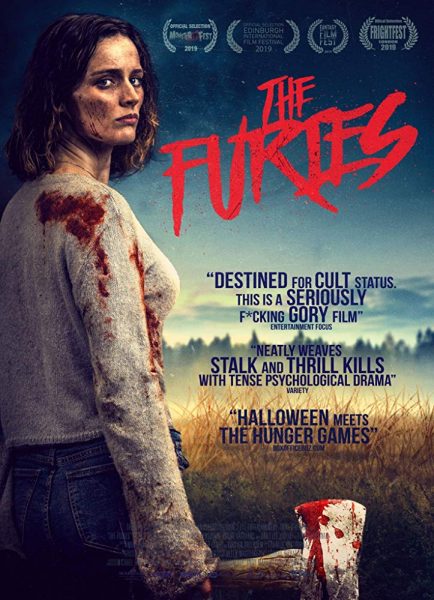
Toe Iloiloga o le 'Civil War': Pe e Tatau Ona Mata'ituina?
Mulimuli i la matou alalaupapa YouTube fou "mea lilo ma ata tifaga" iinei.

O ata tifaga
'Evil Dead' Film Franchise Maua E LUA Fuafuaga Fou
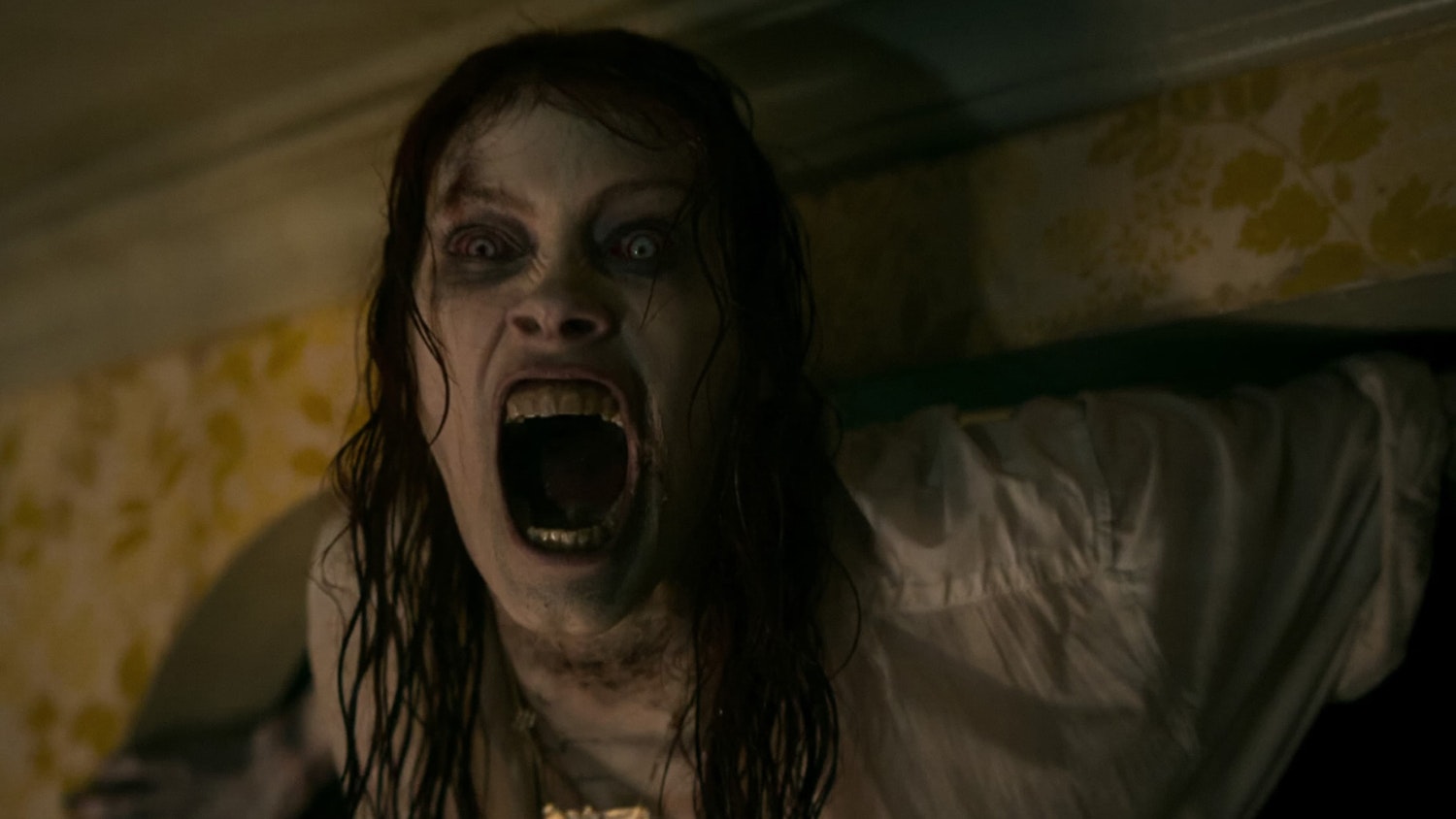
O se tulaga lamatia mo Fede Alvarez le toe faʻafouina o le mataʻutia masani a Sam Raimi Ua Maliu Le Tiapolo i le 2013, ae na tauia lena tulaga lamatia ma faapena foi lona taunuuga faaleagaga Tulai i luga le Oti i le 2023. Ole taimi nei o loʻo lipotia mai ai o le faasologa o loʻo maua, e le tasi, ae lua tala fou.
Ua uma ona tatou iloa e uiga i le Sébastien Vaniček ata tifaga o loʻo lumanaʻi e faʻasalalau i totonu o le Deadite universe ma e tatau ona avea ma se faʻasologa talafeagai i le ata lata mai, ae ua faʻasalalauina i matou. Francis Galluppi ma Ata Ghost House o lo'o faia se galuega fa'atino e tasi i le atulaulau o Raimi e fa'avae mai se manatu o Galluppi na faatu ia Raimi lava ia. O lena manatu o loo natia.

"O Francis Galluppi o se tala faʻasolopito na te iloa le taimi e faʻatali ai i matou i le vevesi ma le taimi e taia ai i matou i le vevesi," o le tala lea a Raimi i le Deadline. "O ia o se faatonu e faʻaalia le le masani ai o le pulea i lana ata muamua."
O lea vaega ua faaulutalaina Le Taofi Mulimuli I le Itumalo o Yuma lea o le a tatalaina i ata tifaga i le Iunaite Setete ia Me 4. E mulimuli atu i se faatauoloa femalagaaʻi, "ua paʻulia i se nofoaga malolo i nuu i tua o Arisona," ma "ua tuʻuina atu i se tulaga mataʻutia na taofia e ala i le taunuu mai o ni tagata faomea se toʻalua e aunoa ma se popole i le faʻaaogaina o le sauā. -poʻo le malulu, maʻaʻa uamea-e puipuia ai o latou manuia ua pisia i le toto."
Galluppi ose fa'ailoga fa'ailoga sci-fi/fa'amata'u fa'ata'ita'i pu'upu'u o ana galuega ta'uta'ua e aofia ai High Desert Seoli ma Le Gemini Poloketi. E mafai ona e va'ai i le fa'atonuga atoa o High Desert Seoli ma le teaser mo Gemini i lalo:
Toe Iloiloga o le 'Civil War': Pe e Tatau Ona Mata'ituina?
Mulimuli i la matou alalaupapa YouTube fou "mea lilo ma ata tifaga" iinei.
O ata tifaga
O le 'Tagata Le Vaaia 2' E “Taofilata Mai Nai lo o le Mea Sa i ai” i le mea e tupu

Elisabeth Moss i se faʻamatalaga sili ona mafaufau lelei fai mai i se faatalanoaga mo Fiafia Faanoanoa Fenumiai e ui lava o loʻo i ai ni faʻafitauli faʻapitoa mo le faia Tagata Le Vaaia 2 o loo i ai le faamoemoe i le tafailagi.
Podcast host Josh Horowitz fesili e uiga i le tulitatao ma pe afai limu ma faatonu leigh whanell na latalata atu i le faia o se fofo e fai ai. "Ua matou latalata atu nai lo le mea na matou oʻo i ai i le taʻeina," o le tala lea a Moss ma le ataata tele. E mafai ona e vaʻai i lana tali i le 35:52 maka i le vitio o loʻo i lalo.
O lo'o i Niu Sila nei Whannell e pu'eina se isi ata tifaga mo Universal, Wolf Man, atonu o le aloiafi lea e fa'amumu ai le manatu fa'alavelave a le Universal Dark Universe lea e le'i maua se malosi talu mai le taumafaiga a Tom Cruise e toe fa'aola. O le Mummy.
E le gata i lea, i le podcast video, fai mai Moss o ia lē i le Wolf Man ata tifaga o lea e tu'u i le ea so'o se taumatematega e fa'apea o se galuega fa'asaga.
I le taimi nei, o le Universal Studios o loʻo i le ogatotonu o le fausiaina o se fale faʻafefe i le tausaga atoa Las Vegas lea o le a fa'aalia nisi o latou mata'utia sau'ai cinematic. Faʻalagolago i le auai, e mafai ona avea ma faʻamalosiaga e manaʻomia e le fale suʻesuʻe ina ia toe faʻafeiloaʻi ai le au faʻalogo i a latou meafaiola IP ma maua atili ata tifaga e faʻatatau i latou.
O le poloketi Las Vegas ua sauni e tatala i le 2025, e fetaui lelei ma le latou paka autu fou i Orlando e taʻua. Epic Universe.
Toe Iloiloga o le 'Civil War': Pe e Tatau Ona Mata'ituina?
Mulimuli i la matou alalaupapa YouTube fou "mea lilo ma ata tifaga" iinei.
tala
O le fa'asologa o le 'Pressumed Innocent' a Jake Gyllenhaal na maua vave le aso fa'alauiloa.
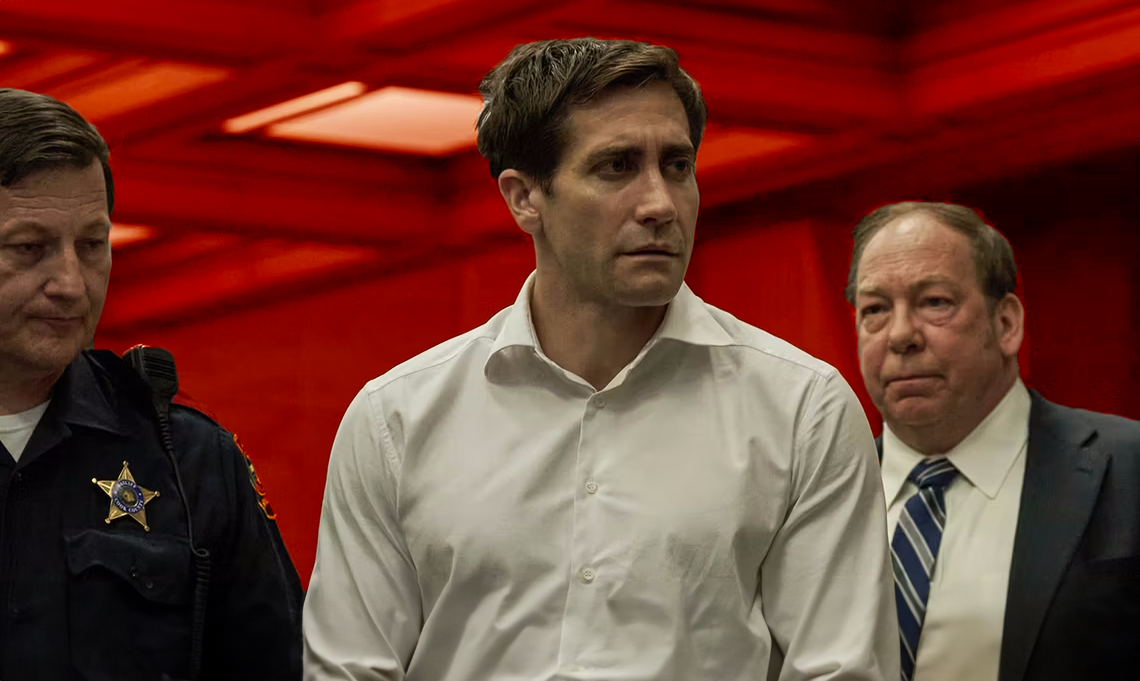
Fa'asologa fa'atapula'a a Jake Gyllenhaal Fa'apea e le sala ua pa'u ile AppleTV+ ile Iuni 12 nai lo Iuni 14 e pei ona muai fuafuaina. O le fetu, e ona Fale auala toe fa'afouina ua iai aumaia iloiloga fefiloi i luga ole Amazon Prime, o loo opogi le tamai lau mo le taimi muamua talu ona foliga mai i luga Fasioti Tagata: Ola i luga o le Auala i 1994.
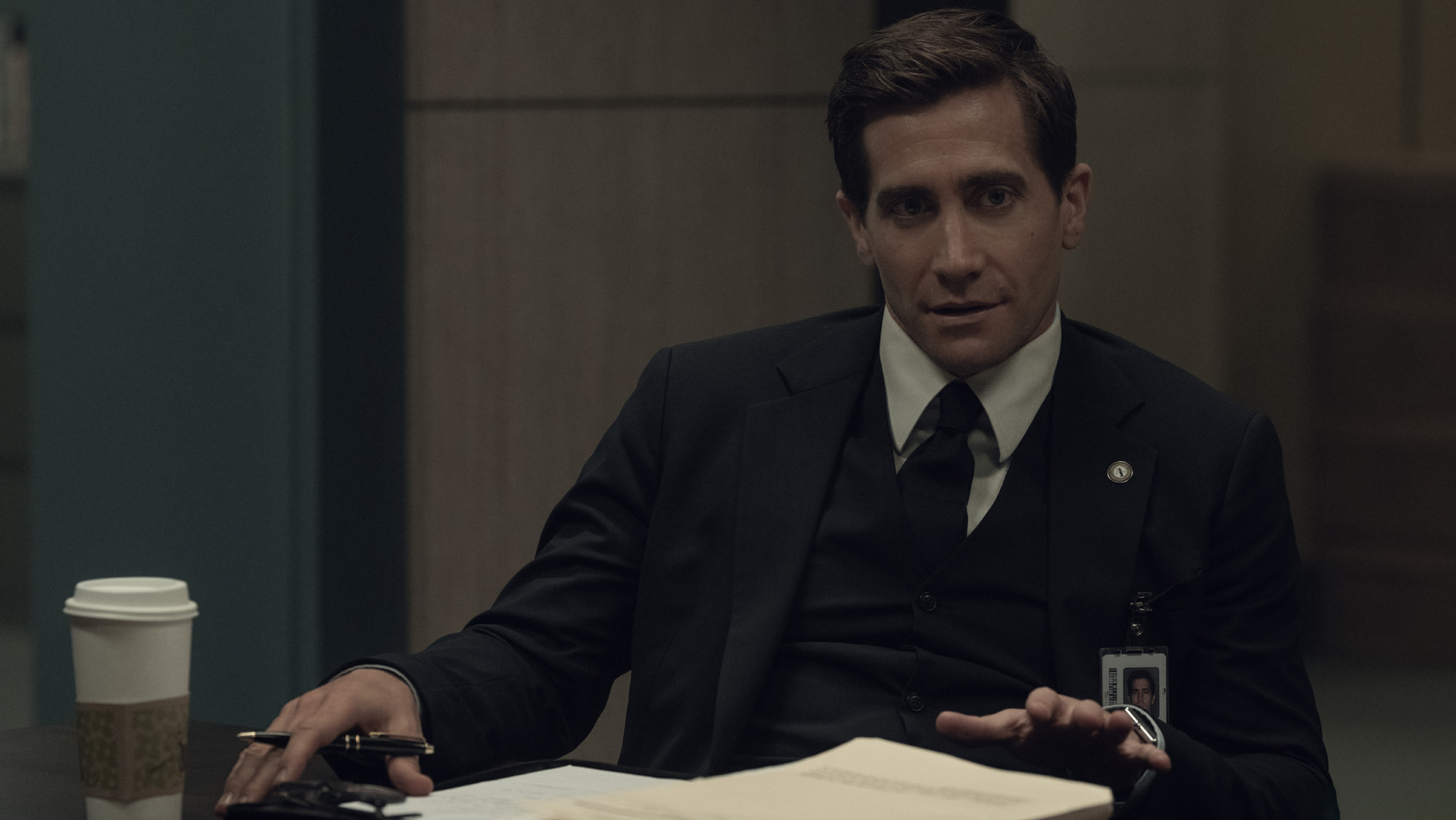
Fa'apea e le sala o lo'o gaosia e David E Kelley, Le Robot Leaga a JJ Abrams, ma Warner Bros. O se suiga o le ata tifaga a Scott Turow i le 1990 lea e taalo ai Harrison Ford i se loia e faia ona tiute faalua o se tagata sailiili o loo sailia le fasioti tagata a lana paaga.
O nei ituaiga o fa'afiafiaga fa'afiafia sa ta'uta'ua i le 90s ma e masani ona iai fa'ai'uga mimilo. O le ta'avale lea mo le ulua'i:
Ae faimai foi ASO E FAAGATA, Fa'apea e le sala e le o se ese mamao mai le punaoa: “…le Fa'apea e le sala faasologa o le a suʻesuʻeina le mataʻutia, feusuaʻiga, faiga faʻapolokiki ma le malosi ma tapulaa o le alofa aʻo tauivi le ua molia e faʻatasi lona aiga ma le faaipoipoga."
O le pito i luga mo Gyllenhaal o le Guy Ritchie ata tifaga faaulutalaina I le Efuefu fa'atulaga mo le tatalaina ia Ianuari 2025.
Fa'apea e le sala ose fa'asologa fa'atapula'a e valu-vaega ua fa'atulaga e tafe ile AppleTV + amata ia Iuni 12.
Toe Iloiloga o le 'Civil War': Pe e Tatau Ona Mata'ituina?
Mulimuli i la matou alalaupapa YouTube fou "mea lilo ma ata tifaga" iinei.
-

 tala6 aso ua mavae
tala6 aso ua mavaeOriginal Blair Witch Cast Fesili i le Lionsgate mo Retroactive Residuals i le Malamalama o Ata Fou
-
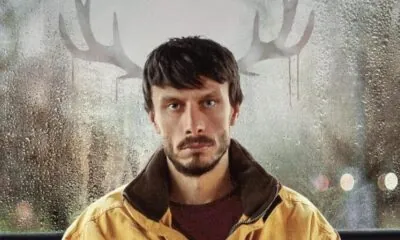
 tala4 aso ua mavae
tala4 aso ua mavaeMasalo o le Fa'asologa Sili ona Mata'utia, Sili ona Fa'alavelave o le Tausaga
-
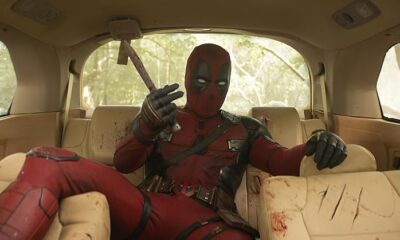
 O ata tifaga5 aso ua mavae
O ata tifaga5 aso ua mavaeFou F-Bomb Laden 'Deadpool & Wolverine' Trailer: Bloody Buddy Movie
-
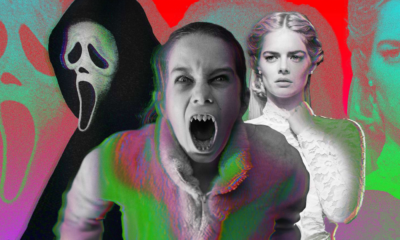
 lisi4 aso ua mavae
lisi4 aso ua mavaeFiafia ma Fa'alili: Fa'avasega ata 'Radio Silence' mai le Bloody Brilliant i le Just Bloody.
-

 tala5 aso ua mavae
tala5 aso ua mavaeRussell Crowe E Fa'aa'e i le Isi Ata Fa'a Fa'ate'a & E Le'o Se Fa'asologa
-

 O ata tifaga5 aso ua mavae
O ata tifaga5 aso ua mavae'Aso Fa'avae' Mulimuli ane Maua se Fa'asalalauga Fa'atekinolosi
-
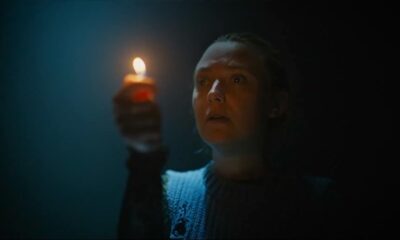
 O ata tifaga5 aso ua mavae
O ata tifaga5 aso ua mavaeO le 'The Watchers' Trailer fou ua fa'aopoopo atili i le mealilo
-
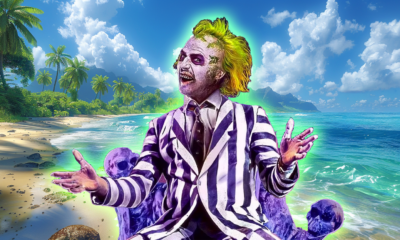
 O ata tifaga4 aso ua mavae
O ata tifaga4 aso ua mavaeLe Uluai 'Beetlejuice' Fa'asologa sa i ai se nofoaga manaia
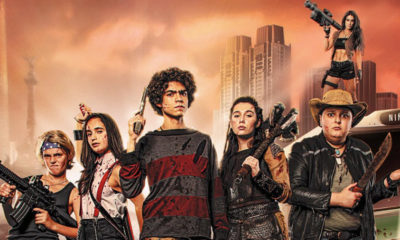


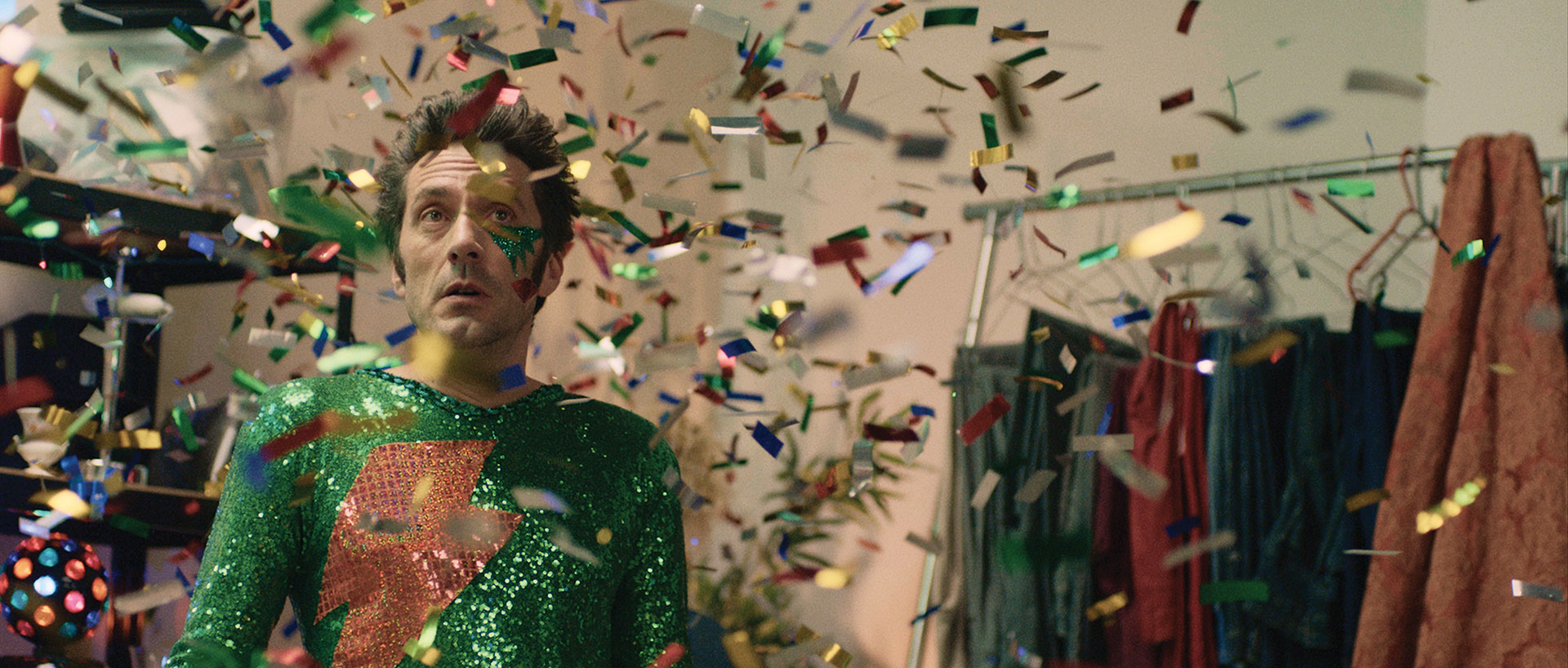























E tatau ona e saini i totonu e lafo ai sau fa'amatalaga Saini i Totonu